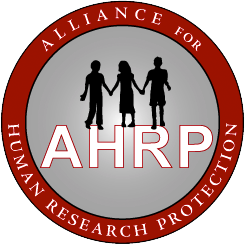1932–1933: Medical Profession Endorses Nazi Policies & Actively Engages in Medical Atrocities
Extracts from Deutsches Ärzteblatt (Journal of the German Medical Association) Nov. 1932: Dr. Haedenkamp, executive director of the Hartmannbund (one of the two largest German medical associations); he is editor of its journal, Deutsches Ärzteblatt (DÄ) sent a petition to the ministry of the interior: “with the request that it…
